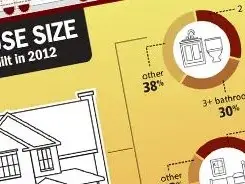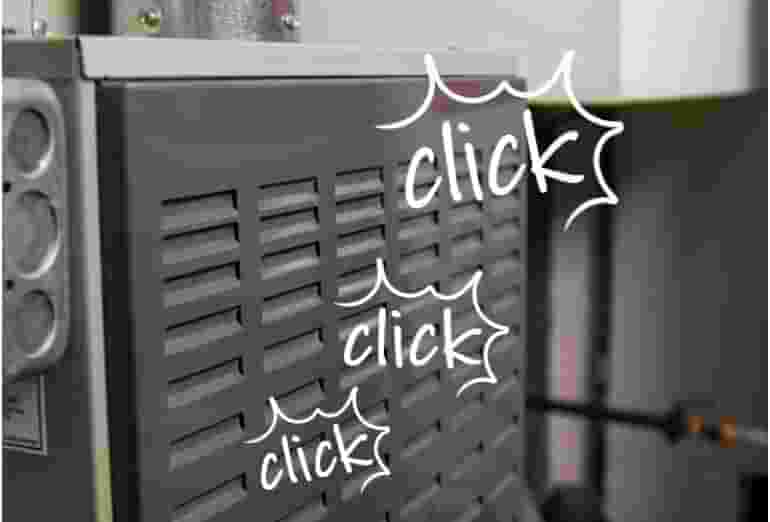Homeowners want to make their houses as energy-efficient as possible to increase eco-friendliness and decrease utility costs. Unfortunately, when you have an older home, going green can be a challenge.
These houses weren’t designed to be especially efficient, and many were not built with eco-friendly materials. Also, products like insulation and windows have changed over the years, and many aging homes now have outdated components.
Fortunately, you don’t have to tear your home down and build a new one. Renovating with greener, more efficient components is often cheaper than starting from scratch.
Here are the most common ways to renovate an older home to make it more eco-friendly.
Get an Energy Audit
The first step when renovating an older home is to define the issues that you need to address. You can get started on this process by ordering an energy audit.
The good news is that many utility companies and local governments offer free or cheap energy audits. Even if the authorities or services in your area do not do this, it is well worth paying for an inspection. When you find and fix efficiency problems, you will see utility bill savings almost immediately, and you will come out ahead in the long term. Furthermore, you can sometimes get a tax credit for efficiency upgrades.
What type of improvements will an auditor suggest? The advice can vary, but improving sealing is a common recommendation, as are adding insulation, replacing windows, and switching to LED light fixtures.
You should try to get an auditor who has some experience inspecting historic homes because they will understand nuances about the structure, types of insulation, and outdated building materials.
Seal Points in Your Home Where Air Can Escape
Before central heating and air conditioning, homes didn’t need perfect sealing. Fireplaces and stoves radiated heat, and most people thought that was sufficient for wintertime warmth.
Thanks to modern materials, you can give your home a near-perfect seal to make it more energy-efficient. You can use caulk or other insulative products to seal pipe and wire inlets, window frames, vents, and doors. You can also find drafts in the attic and use caulk in the bathroom around windows and plumbing fixtures.
If you use the information from your energy audit, you may be able to take this step on your own.
Insulate
Older homes often lack adequate insulation. The good news is that this is another relatively straightforward fix that can bring noticeable results. However, installing insulation is beyond the DIY capabilities of most homeowners. You can hire a reputable contractor to look at your home and determine how much insulation your home needs to maximize energy efficiency. You can compare their recommendation with the information from your energy audit to confirm.
The exact amount of insulation depends on the construction, type of current insulation, and the local climate. Typically, most older homes need added wall insulation. You may also need to install more insulation in the attic. In colder climates, attics that lack proper lining can have problems with ice dams, which can cause structural damage to the roof.
Improve Your HVAC System
Even if your home already has central heating or air conditioning, you might need an upgrade. If your HVAC system is more than 10-15 years old, you can upgrade to a more efficient option, such as one with Energy Star certification.
While the average life expectancy of an HVAC system is about two decades, the pace of innovation in this sector may mean even newer homes can benefit from a heating and air conditioning upgrade. A new system can take care of common old-home problems, such as excessive dust, colder rooms than the rest of the house, and areas with excessive moisture buildup.
However, you should keep in mind that you will not get the most out of your HVAC investment if you don't also solve sealing and insulation issues at the same time.
Get a New Water Heater
Your water heater can be responsible for about 18% of your home's energy consumption. If your home uses a lot of water, upgrading to a larger unit, such as a 55-gallon one, can cut your utility bills. If you don’t use as much hot water, a tankless model, which heats water on demand, may be the most efficient option. Low-flow fixtures, meanwhile, can decrease the amount of water that you use, effectively decreasing the amount of water that requires heating.
Build With Green Materials
Upgrades may involve replacing drywall, installing new windows or doors, upgrading flooring, and repainting. You can take this opportunity to use materials that are sustainable, efficient, and more eco-friendly.
Older homes used substances like gypsum for the walls. You can now install a sustainable green drywall option that offers better moisture and mold resistance and superior insulation.
For the paint, volatile organic compound-free (VOC-free) paint is eco-friendly and safer. Many older homes used lead-based paints or other dangerous compounds. If you are hiring a painter, make sure they know how to deal with VOCs.
You also have an opportunity to get more efficient windows that can save on energy costs. Meanwhile, sustainable flooring options, including cork and bamboo, can enhance the eco-friendliness of your home and also highlight unique design elements. You often need to find a contractor who can work with these products and source them at reasonable prices.
Use Smart Home Technology
Once you address the most prominent issues, you can turn to smart home technology to help keep energy consumption in your home in check.
Below are some examples of systems or products that use tech to make your home more efficient and green:
- Programmable thermostat: This device can always maintain a specific temperature. You can set your HVAC system to use the minimum amount of energy during the day (when everyone is gone) or at night (when the family is warm under their blankets). It will make these changes automatically, so you don't need to remember.
- Solar power: Solar panels convert the sun's rays into electricity. If you install this equipment on your home, you can save on energy costs and qualify for tax credits. Meanwhile, solar-powered water heaters can reduce your energy bill even if you do not opt for a full solar panel setup.
- Smart lighting solutions: Tubular skylights let you illuminate closets, bathrooms, and bedrooms using natural sunlight during the day. They can also contribute to solar gain, providing energy-free heating. You can also switch to LED light bulbs, which last longer and consume less energy than conventional incandescent bulbs. You can also opt for smart lighting fixtures, which switch themselves off at a specified time or if they do not detect motion in a room.
- Efficient appliances: Refrigerators, washing machines, dryers, and ceiling fans can consume a lot of energy. Efficient home utilities limit this consumption to the absolute minimum, saving you from higher utility bills and lowering your carbon footprint.
These are just some of the smart solutions available for a historic home. With a step-by-step approach and help from knowledgeable pros and experts, you can green your older home.
 Click to call
Click to call




